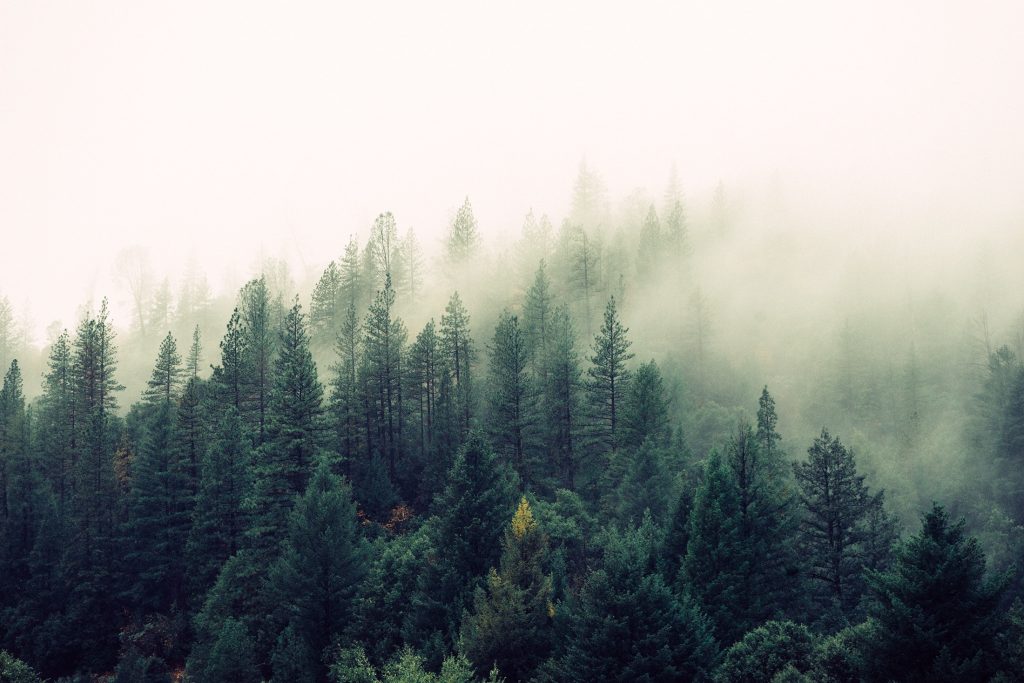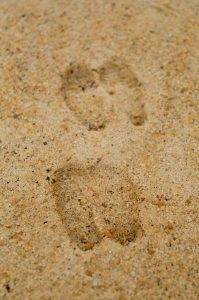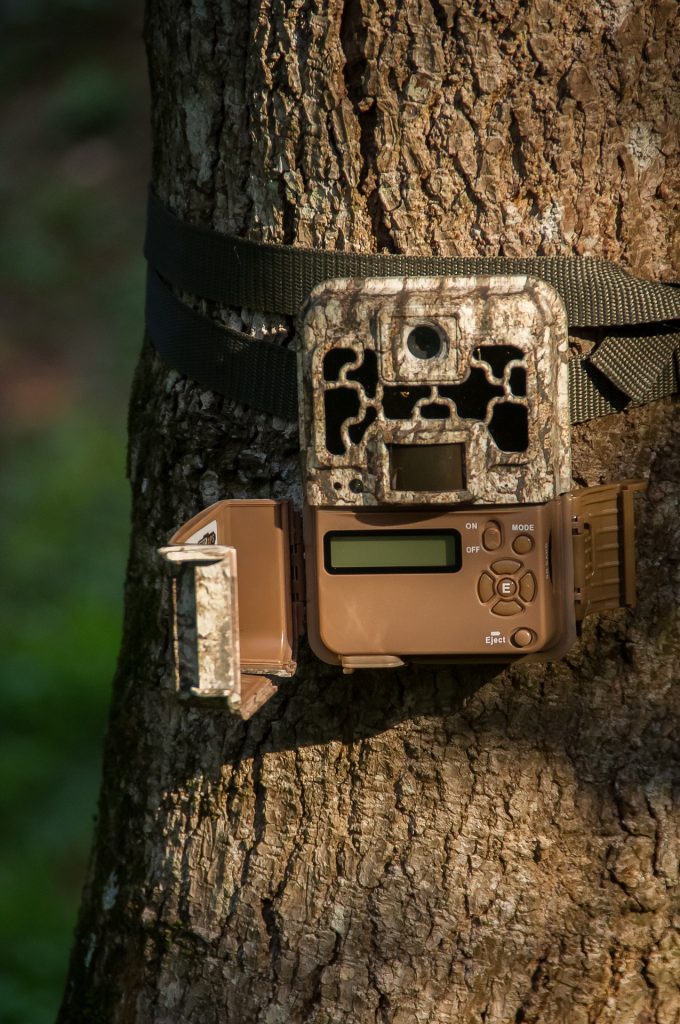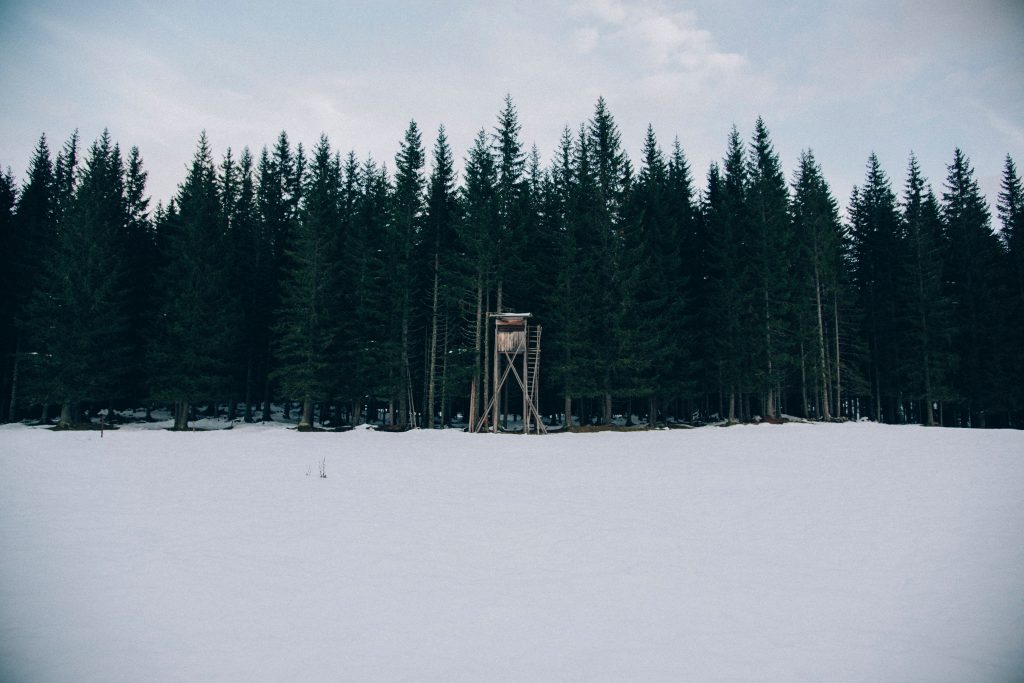
Want to kill a big buck?
Get ready for deer hunting on hard mode. If you have hunted in thick wooden areas before, you know just how difficult hunting these areas can be.
This article will teach you:
- Where to find deer.
- Why hunting deer in the woods can be so tough.
- Why you should take the time to hunt these tough to hunt areas.
1. Start Hunting Timber
Many areas across the country contain heavily wooded areas open to hunting. Whether you are hunting private or public land, they are a common part of hunting so you should spend the time to learn how to hunt them well.
While there may not be as many deer, the fact is if you want to hunt big bucks, you need to consider heavily wooded areas. The woods offer deer a great environment for survival.
The biggest bucks are the most experienced at evading their predators. They hideout in the thick brush and cover and only come out at the safest times of day to do so.
If you are set on killing a big buck, you will also need to learn to be patient. Not only are you searching for the most elusive buck in your area, you will have to pass up opportunities on other smaller bucks.
2. Learn to Use Maps
How to find a good deer hunting spot using maps
Looking at a map before you hunt an area will help you locate where to find deer. Learning to use maps for hunting deer is beyond the scope of this article but here is a rough overview.
Funnels
Funnels are areas where the path the deer travel get pinched to a narrow path. These essentially choke the movement of the deer into a small area.
Typically created by the surrounding cover. There will often be a small patch of timber or other cover that connects two larger wooded areas. Funnels are a great location to setup if you can find them in the wooded areas you hunt.
Saddles
Saddles are like funnels in that they funnel deer migration through a small area. A saddle is a low point in a ridgeline. This provides the path of least resistance for the deer looking to cross the ridge. Saddles are another great location to spend time hunting.
Before you hunt an area, take some time to review a topographic map of the area and see if you can identify any funnels or saddles.
For more information on using maps, checkout Brad Herndon’s book Mapping Trophy Bucks.
- Used Book in Good Condition
- Herndon, Brad (Author)
- English (Publication Language)
3. Scout During the Off-Season
The best time to scout for deer is not during hunting season but before. Fred Bear famously said “Next year’s hunt begins the minute this season’s hunt ends.” He placed so much importance on this that he made it one of his 10 hunting commandments.
Deer Signs in the Woods
If you have hunted an area before you may already be familiar with the land and how the deer behave. Even so, you would be smart to spend any time you can before your season scouting for deer.
You will want to look for any signs of deer. It is a good idea to take notes as you scout. This will ensure you do not forget little details about a particular area and help you form a big picture of the deer behavior in the area.

Do you see a lot of deer trails? What areas are those trails connecting?
Are any of the deer tracks fresh? Take note of any large tracks you see. Big bucks have noticeably larger hooves?
In addition to being able to run fast, deer are quick. They have a complex network of trails in the woods allowing them to move around safely.
And they are very good at concealing themselves.
Do you see any fresh scat? Are there food sources near by? Try to figure out where the deer in the area might be feeding.
Also keep any eye for where the deer are bedding. Be careful not to disturb this area. If you disturb their bedding area, the deer might not return for weeks.
Are there any fresh looking rubs or antler sheds in the area?
With all the information above in mind (and noted) you can try to piece together the big picture of how the deer in the area behave. If you figure out where the deer are bedding and where they are feeding, you can position yourself to catch them as they are traveling between the two.

Trail Camera Strategies
In addition to spending time in the woods, trail cameras can help you figure out where to find deer. The camera will be your eyes when you are not in the woods.
It will be helpful if you have spent time in the area before so you know where to place your camera. With that said, trail cameras can be a great way to get an idea for deer activity in an area you have never hunter before.
The best place to setup the game camera are:
- Near suspected feeding area
- Along trails you think connect bedding and feeding areas
You should try to setup the cameras near an area you will be able to hunt. You want to be able to confirm activity before committing your valuable hunting time to a spot.
4. Hunt the Tree Line
Finding deer in the woods can be challenging. Another approach you may want to take to hunting these areas is to setup right on a treeline.
If you are going to hunt the treeline, you must hunt these areas at first and last light. A good pair of sunglasses can help reduce glare and make it easy to spot game.
The goal is to catch one of these elusive big bucks traveling to or from a feeding area.

5. Hunt Solo
Have you ever been hunting with someone who makes so much noise you thought a bear might be following you?
If they seem loud to you, the deer are sure to hear them.
It is no wonder another one of Fred Bear’s hunting commandments is “Don’t step on anything you can step over.”
Going solo is going to increase your chances of finding deer in the woods. You can take your time, moving very slow, without having to worry your buddy is going to jump any of the deer in the area.
Hunting with the wind will also be much easier when you are only worried about your own path and not coordinating with another hunter.
6. Mix Up Your Strategy
If you have hunted an area for a day or two and have not seen much sign of deer activity, consider moving to another area. This is why you should try to scout many areas before the season if you can.
Once you do find an area with signs of recent deer movement, be patient if you don’t have instant success. No one said this was going to be easy. If you have done your homework scouting your success is only a matter of time.
It is important not to get discouraged. A discouraged hunter leads to a hunter that isn’t ready when that once in a lifetime buck pops up and offers only a few moments to take a shot.
Conclusion
Hopefully this article gave you some ideas for how to find deer in the woods. Hunting in the woods is a challenging way to hunt. But the result can be finding the biggest buck of your life.
